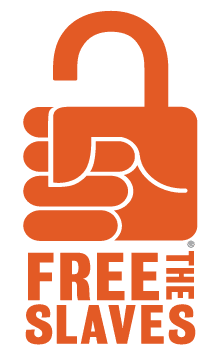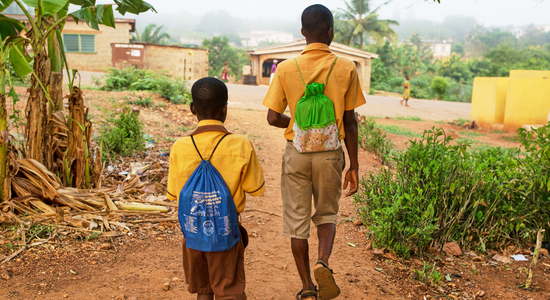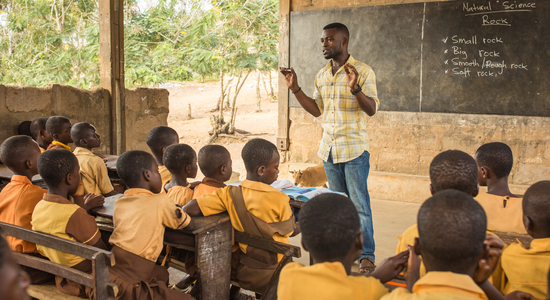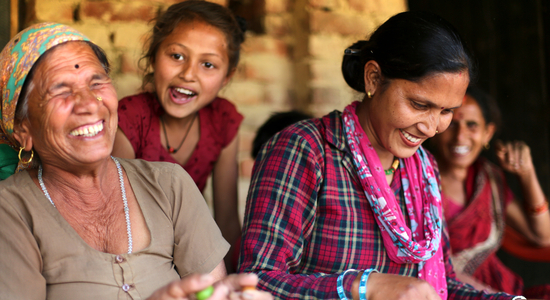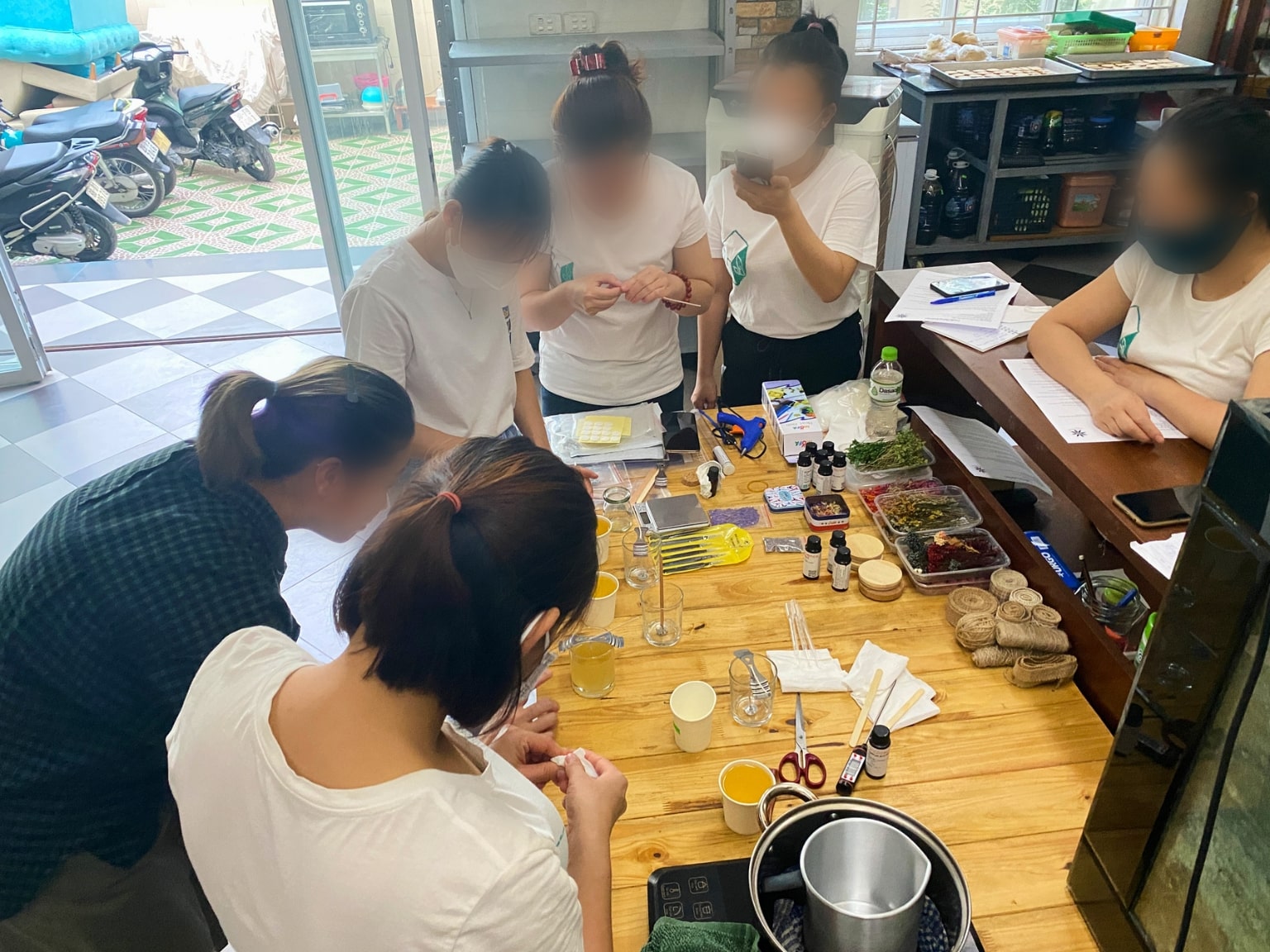Free the Slaves
Thematic Focus Areas
Human Trafficking
Women & Girls
Social Justice
Works to free people from slavery, help them build new lives, and dismantle the systems that allow slavery to flourish.
Give Global Blog
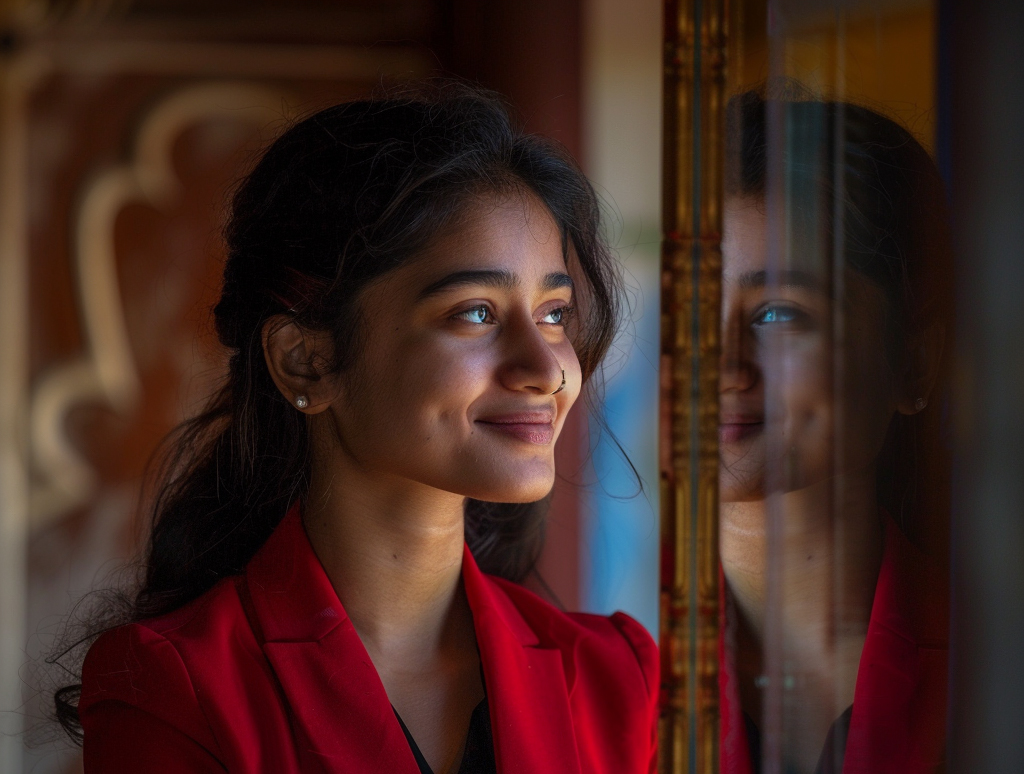
Human trafficking robs millions of their freedom, leaving lasting scars on individuals and communities alike. Thankfully, powerful efforts across the world are working to confront this injustice. Organizations such as Free the Slaves, India Partners, International Justice Mission, and PACT empower victims, provide employment opportunities, and advocate for change worldwide. These nonprofits provide critical resources like safe housing, trauma care, and educational programs to help protect those vulnerable to trafficking. To honor World Day Against Trafficking in Persons (July 30), read on to see how this vital work is transforming lives in places like Kenya, Vietnam, and India. And if...
Charity Videos
Charity Impact
Last year Free The Slaves joined HopeBox, an NGO based in Vietnam, to serve survivors of domestic abuse and slavery. While working in the city of Hanoi, Free The Slaves and Hope Box had the privilege of meeting Tina*. This is Tina’s story of overcoming fear and finding freedom with FTS. All the abuse started when her husband accused Tina of seeing another man. This later turned into constant accusations and heated arguments that resulted in physical and sexual abuse. Oftentimes, when she refused to follow her husband’s sexual demands, he became violent toward her. At the height of the pandemic, her husband forced her to work for various employers doing house chores. Her husband would collect the money for every task she finished directly from her employers. After work, she needed to go home right away to serve her husband and learned that she must not set her foot...

